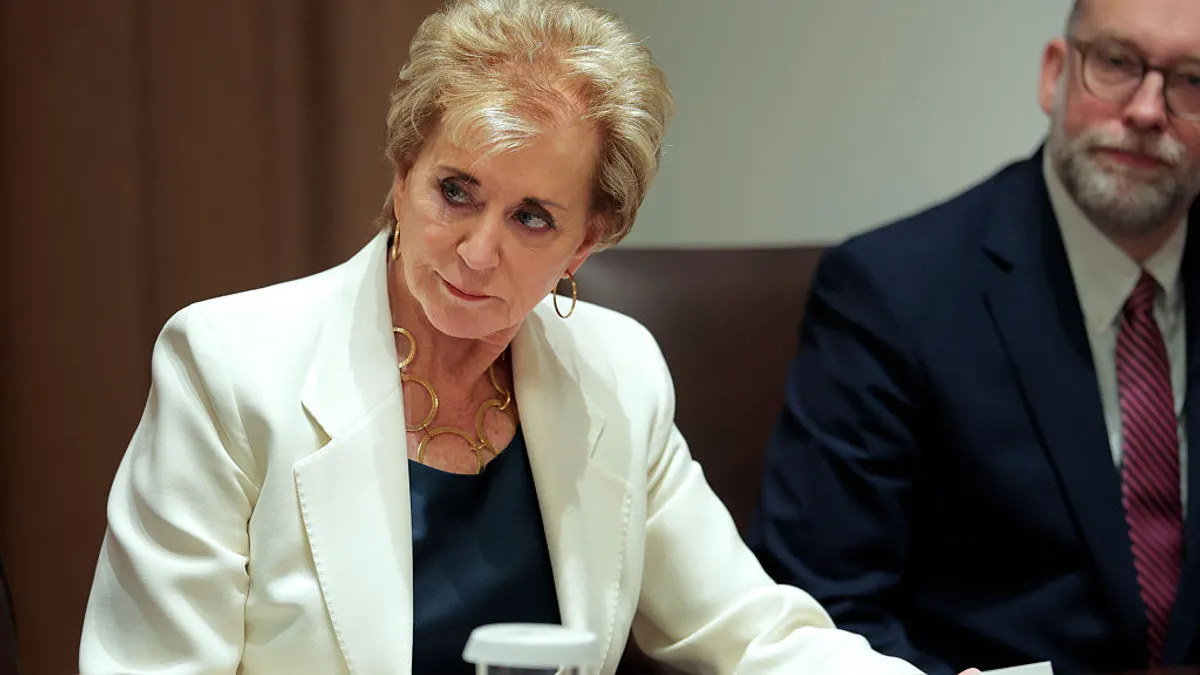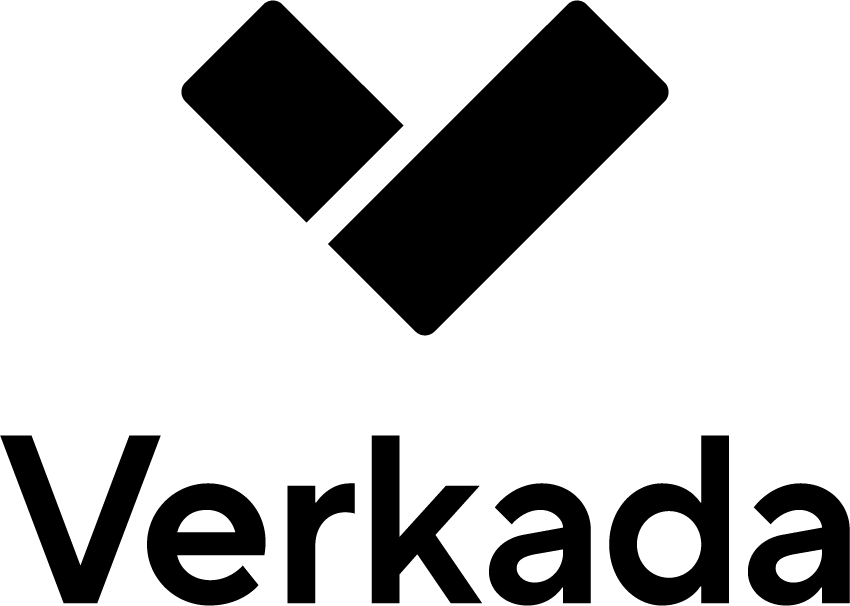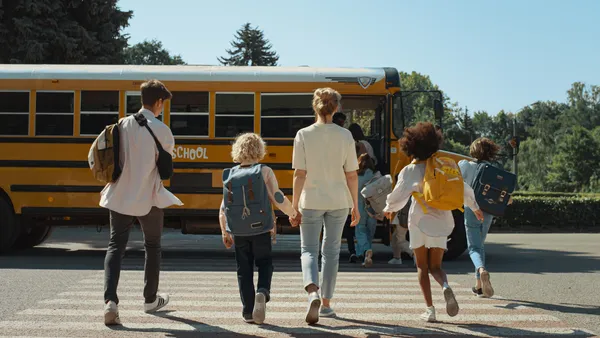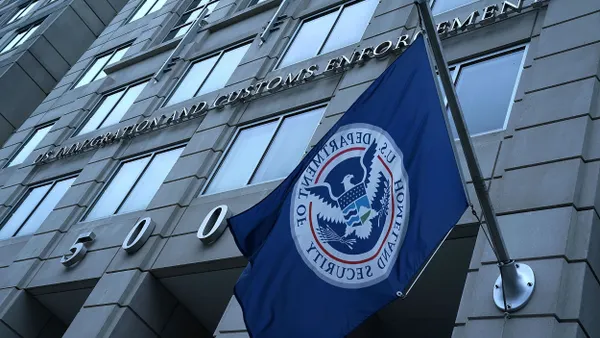Most clicked story of the week:
In a July 14 letter to Congress, about a dozen former federal special education leaders urged lawmakers to reject efforts to move special education oversight out of the U.S. Department of Education. Signed by federal special education leaders from Republican and Democratic presidential administrations dating back to the 1960s, the letter also asked Congress to reject President Donald Trump’s plan to combine certain funds under the Individuals with Disabilities Education Act into a block grant in fiscal year 2026.
Principals convene and share best practices in Seattle:
- Since the 2016-17 school year — and despite the COVID-19 pandemic — Hamilton Township Public Schools in New Jersey has been able to lower — from 21 to just 2 — the number of its 23 schools exceeding the state’s average chronic absenteeism rate. Mary Beth Currie, coordinator of special projects at the New Jersey Principals and Supervisors Association, and Kirsthardt Elementary School Principal Diana Vasil shared how a partnership helped make this possible during a session at UNITED, the National Conference on School Leadership.
- Also at UNITED, Michele Gay, co-founder of Safe and Sound Schools, and Paige Settles, a program manager at the U.S. Department of Homeland Security’s School Safety Taskforce, detailed three ways principals can help make schools safer. Calling school safety “the ultimate team sport,” they shared how all stakeholders within a school community can be informed and prepared to ensure the needs of all students are accounted for in both crisis prevention and response.
- High-impact tutoring has seen its profile grow in the wake of the COVID-19 pandemic. But what does that look like in action, and what results are school districts seeing? Administrators from Portland Public Schools in Oregon shared their experiences with a program launched in the 2021-22 school year to improve student reading performance.
Changes continue for federal education oversight:
- On Monday, the U.S. Supreme Court allowed the Trump administration to move forward with laying off nearly half the Education Department’s staff. The decision in New York v. McMahon is a significant victory for the administration’s mission to dissolve the agency to the greatest extent possible as the original question of the layoffs’ legality works its way through the lower courts. The layoffs have resulted in closures to department offices and concerns from public school advocates that the education system will descend into chaos with little federal oversight.
- Management of key federal workforce development programs will begin shifting from the Education Department to the U.S. Department of Labor under an interagency agreement signed in May, according to a joint announcement by the agencies on July 15. Adult education and family literacy programs under Title II of the Workforce Innovation and Opportunity Act and career and technical education programs under the Carl D. Perkins Career and Technical Education Act will be managed by the Labor Department alongside Education Department staff, according to the agencies.
- In response to public pushback, the U.S. Department of Energy delayed implementation of multiple "direct final rules" it had quietly set to go into effect last week for schools that receive funding from the agency. The proposals would have undone some student protections related to sex discrimination under Title IX, disability discrimination under Section 504, and racial discrimination under Title VI.













